We welcome your enquiry
We take great pride in everything that we do, control over products and supply allows us to ensure our customers receive the best quality service. Contact us via the form below or on the following email [email protected] to register your enquiry with us.
Scroll





Why Foresta
Foresta Group Holdings (FGH) has taken a best supplier, best practice approach to designing and planning its operations. Ensuring that the most energy efficient and lowest environmentally impacting processes are used in its operations, whilst achieving the highest quality products supported by the best suppliers in our industry.
Products
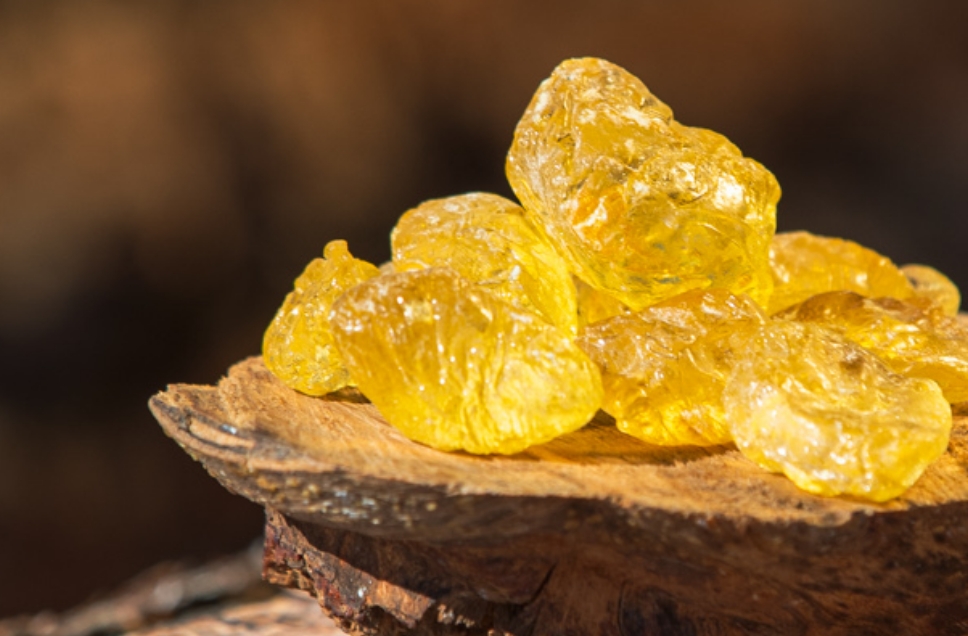
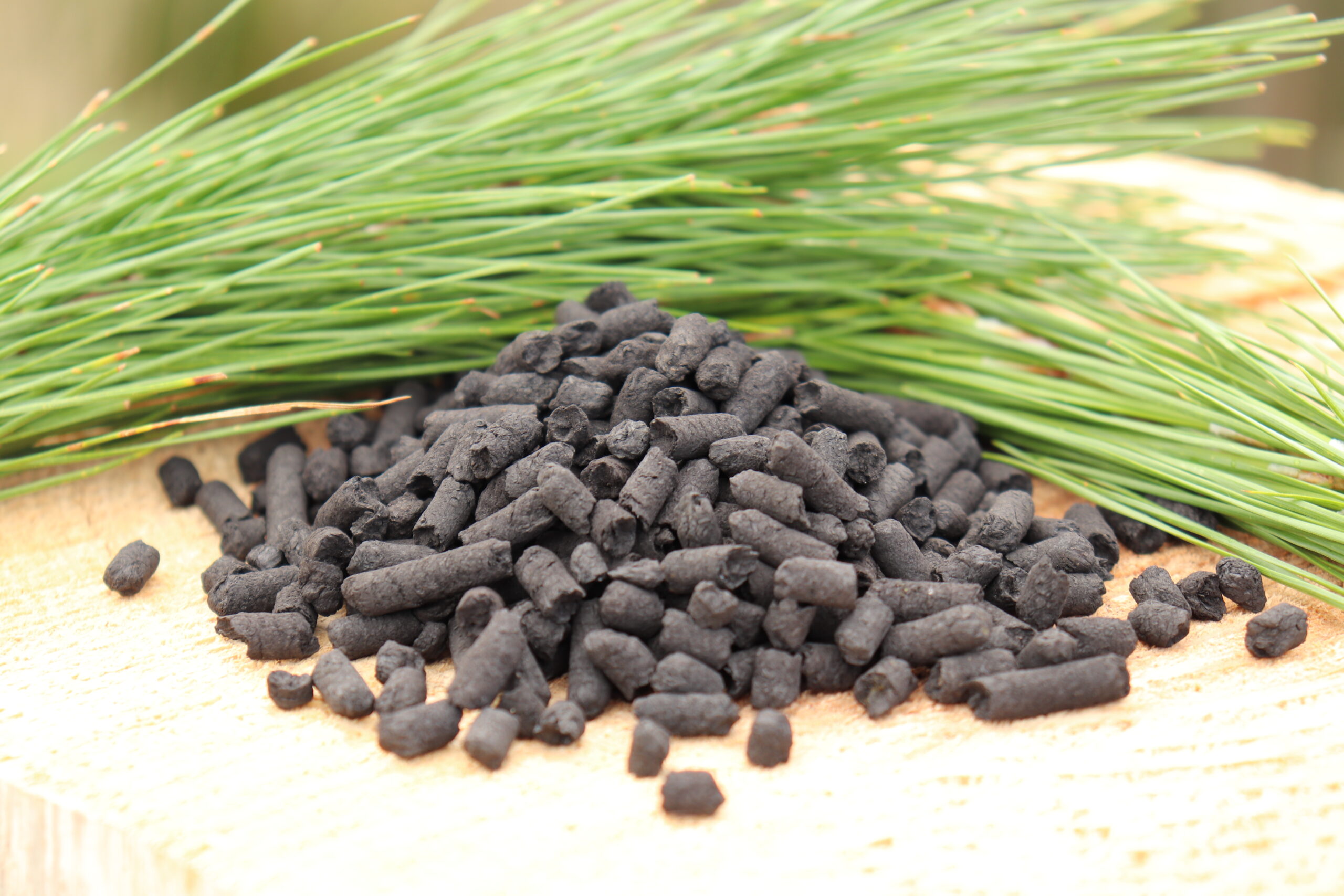
Wood Pellets
Torrefied wood pellets manufactured using a unique process that provides high energy output.
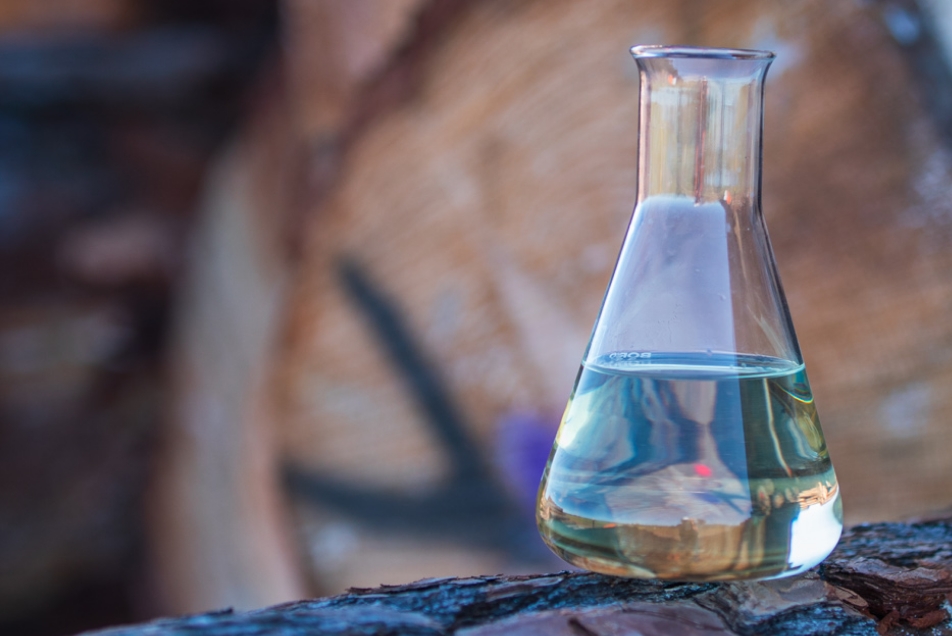
Terpene’s
We use a chemical-free, continuous counter flow steam distillation process, our natural organic solvent extraction technique results in nothing but 100% terpene


Sustainability
Foresta utilises sustainable forestry resources to manufacture wood pellets and wood-based chemicals, as a replacement for coal and petrochemicals.
Latest News

Planned plant to produce low emissions fuel to replace coal a step closer with agreement to lease Kawerau site
08 04 2024
Agreement to lease signed for Kawerau site

Foresta Signs a Harvesting Contract with Silvertree Biomass Solutions.
25 03 2024
We are thrilled to share that Foresta has signed a significant ten-year Harvesting Contract with Silvertree Biomass Solutions Limited (“SILVERTREE”).

Pine Gold Rush: From Rosin and Terpenes to Invaluable Alternatives, Transforming Industries and Phasing Out Petroleum Dependence
25 03 2024
Pine trees, cultivated globally, are a versatile resource for various products. Beyond providing timber and cellulose for paper production, pine trees yield oleoresin, from which an array of chemical products is extracted.

Forestry Research Updates
15 01 2024
Our forestry team has been hard at work in the heart of the forests

Foresta NZ signs supply contract with Tailored Energy Resources Limited
20 12 2023
Foresta NZ and TER have now signed a binding ten (10) year Supply Agreement to supply up to 65,000 tonnes of torrefied wood pellets per annum
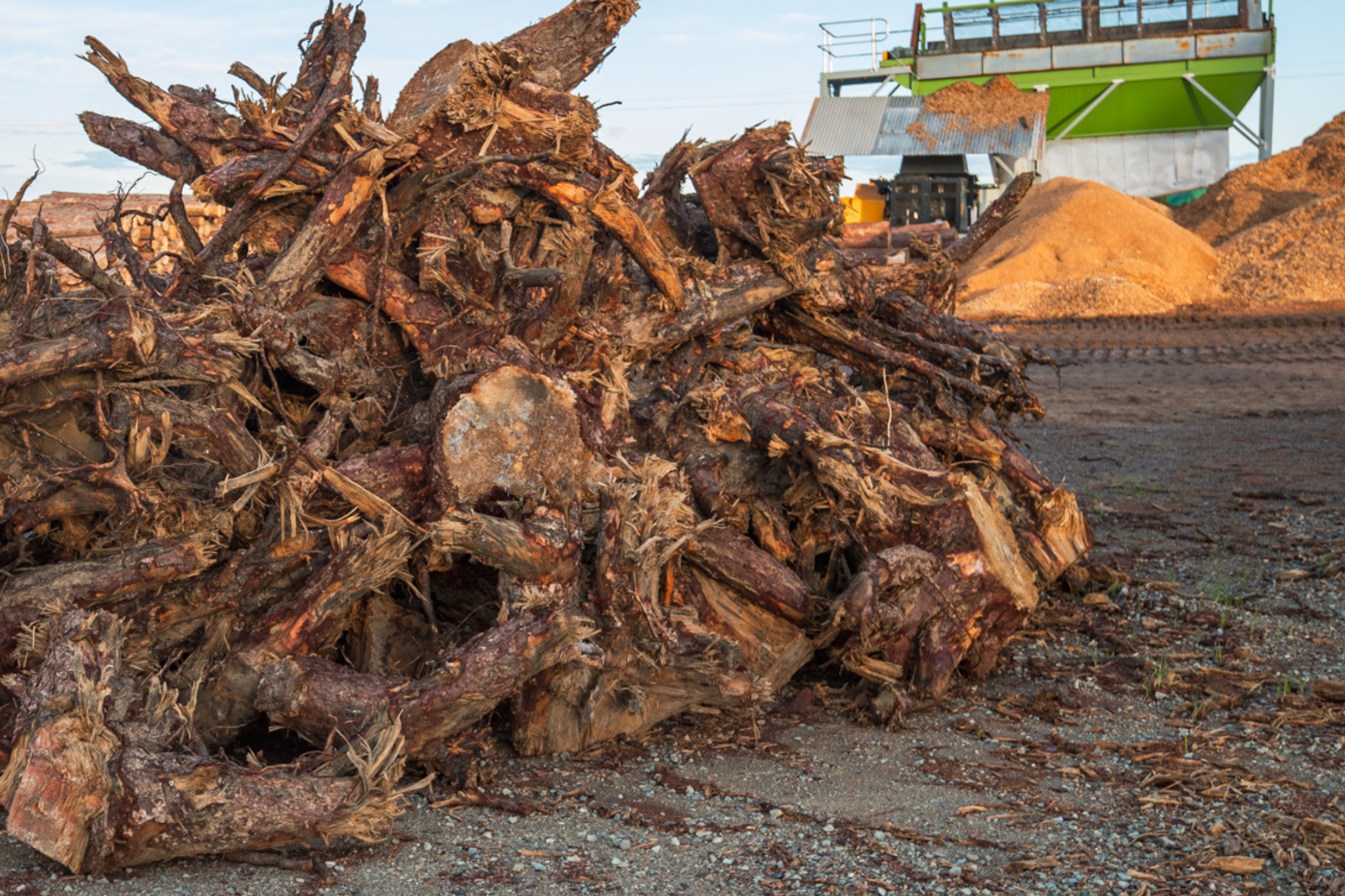
Optimising Forest Ownership: A Comprehensive Approach to Progressive Harvesting and Slash Utilisation
21 11 2023
In the realm of responsible forest management, maximising value for forest owners is not just about harvesting timber but entails a holistic approach.

Navigating New Zealand’s Transition from Coal-Fired Boilers to Sustainable Alternatives
21 11 2023
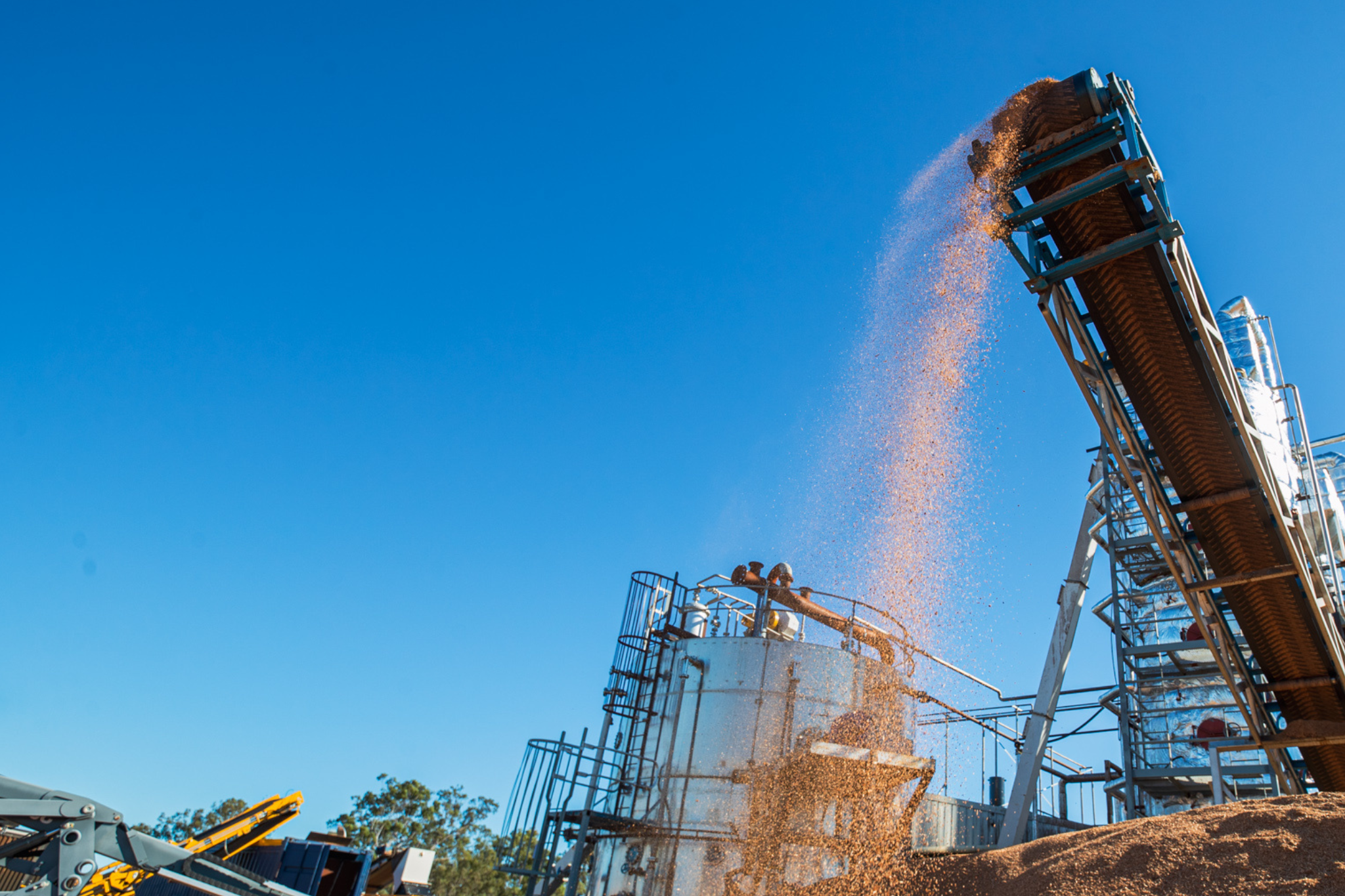
Placement To Raise $2.333M
06 10 2023
Foresta is pleased to announce that it has received strong interest and firm commitments for a placement of new fully paid ordinary shares

Office Launch In Papamoa
27 09 2023
Foresta celebrated the opening of its company office in Papamoa, New Zealand.


Overview of Rotorua flagship project
29 08 2023
Foresta is pleased to provide a brief overview of our flagship project centred on the construction and commissioning
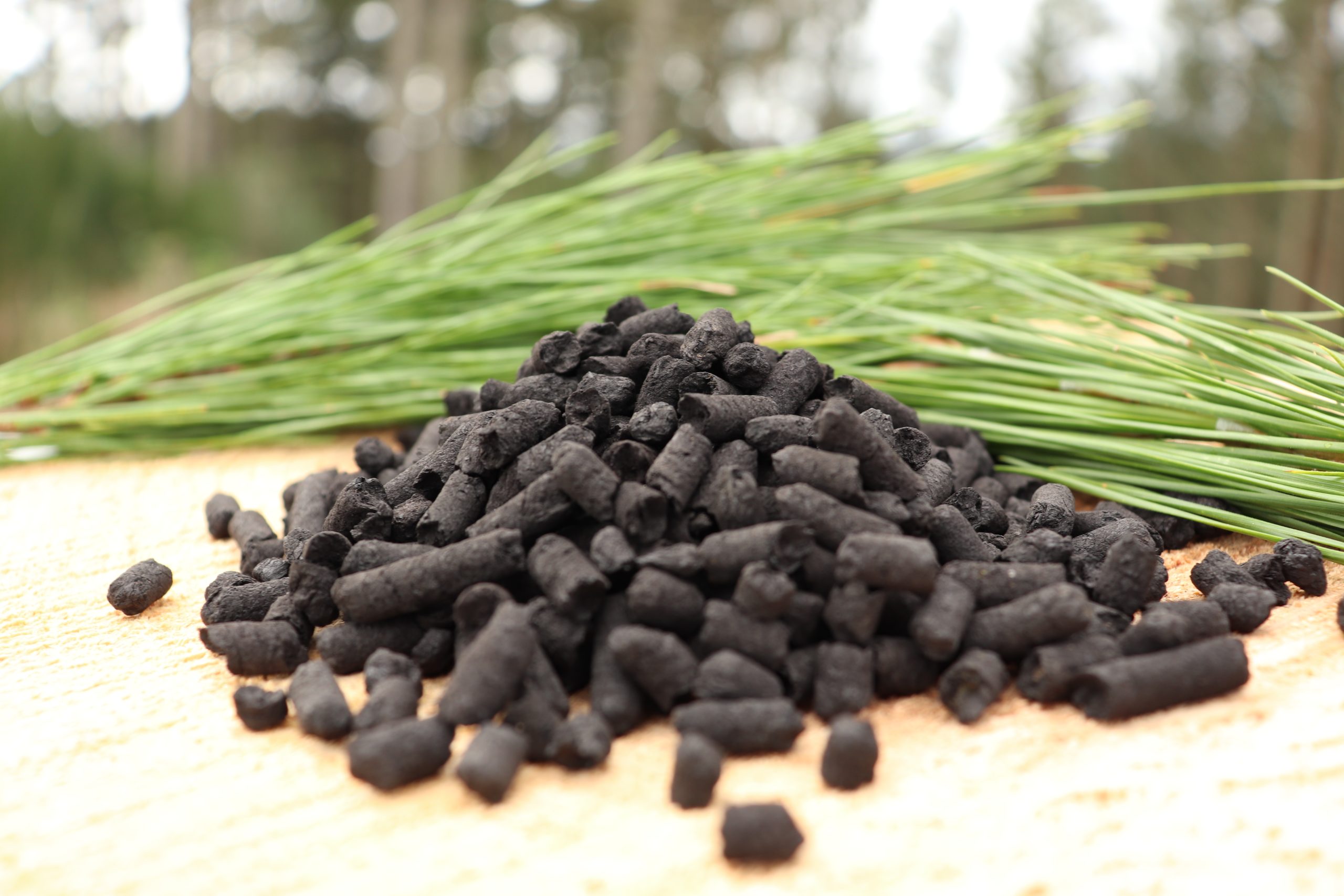
Foresta signs Term Sheet with Tailored Energy Resources
11 08 2023
Foresta NZ signs Term Sheet with Tailored Energy Resources Foresta Group Holdings Limited

New Technology Patent Filed
28 07 2023
Leaf is pleased to announce the filing of a new technology patent with IP Australia


Appointment of Chairman
25 06 2023
We are pleased to announce that the Board has appointed Mr Pai-Heng (Henry) Cheng as Chairman of Foresta.

Foresta Signs Term Sheet with Ground Base Solutions
13 06 2023
Foresta is pleased to announce that it has signed a Term Sheet with Ground Base Solutions Ltd

